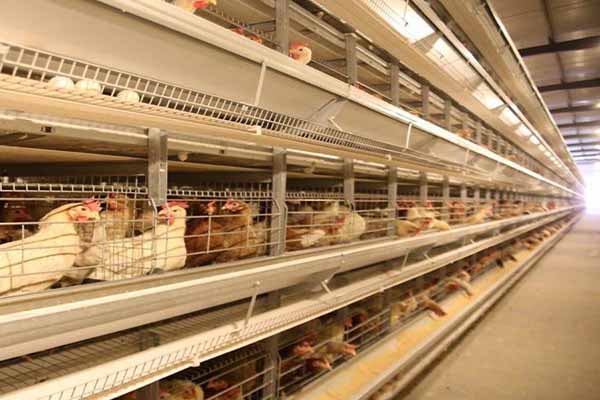The Broiler Chickens in the Cage: A Comprehensive Guide
Time : 2025-04-19
When it comes to raising broiler chickens, the question of housing them in cages often arises. But what exactly are the benefits and challenges of keeping broiler chickens in cages? Let’s dive into this topic and explore the ins and outs of this common practice.
Introduction to Broiler Chickens
Broiler chickens are bred specifically for their meat, making them a popular choice for commercial farming. These birds are fast-growing and reach market weight in just a few months. However, the conditions in which they are raised can vary greatly, with some farms opting for cages and others choosing to raise them in more traditional, open-range settings.
The Advantages of Caging Broiler Chickens
1. Space Efficiency
Caging broiler chickens allows for more efficient use of space. In a confined area, farmers can house a larger number of chickens per square foot, which is particularly important on smaller farms or when space is limited.
2. Disease Control
Keeping chickens in cages can help control the spread of diseases. By limiting contact between birds, the risk of contagious illnesses is reduced. This is especially crucial in large-scale operations where a single outbreak can be devastating.
3. Easy Management
Caging makes it easier for farmers to manage their flock. Feeding, watering, and cleaning are all more straightforward when the chickens are confined to a specific area. This can lead to better overall health and productivity.
The Challenges of Caging Broiler Chickens
1. Ethical Concerns
Many people argue that keeping chickens in cages is inhumane. These birds are active creatures that need room to move and express their natural behaviors. In a cage, they may experience boredom, stress, and a lack of exercise.
2. Welfare Issues
Chickens raised in cages may have poorer welfare compared to those raised in free-range environments. Limited space can lead to overcrowding, increased aggression, and the potential for physical injuries.
3. Environmental Impact
Caging chickens can have negative environmental consequences. The confinement often results in increased waste production, which can lead to soil and water contamination if not properly managed.
Best Practices for Caging Broiler Chickens
To mitigate the challenges of caging broiler chickens, farmers can follow these best practices:
– Provide Adequate Space: Ensure that each chicken has enough space to move around comfortably. This can help reduce stress and aggression.
– Implement Good Ventilation: Proper ventilation is crucial for maintaining a healthy environment and preventing the build-up of ammonia, a common issue in confined spaces.
– Regular Cleaning: Keep the cages clean to prevent disease and maintain the overall health of the chickens.
– Monitor Welfare: Regularly inspect the chickens for signs of stress, injury, or illness and address any issues promptly.
Alternatives to Caging
While caging is a common practice, there are alternatives that can provide a better living environment for broiler chickens. These include:
– Free-Range Systems: Allowing chickens to roam freely on the farm can improve their welfare and reduce the risk of disease.
– Barn Raisers: Combining the benefits of caging with access to an outdoor area can provide a middle ground between confinement and free-range.
– Mobile Coops: Moving the chickens to different locations on the farm can help manage waste and reduce the risk of parasites.
Conclusion
The choice to cage broiler chickens is a complex one that involves weighing the advantages and challenges. While caging can offer space efficiency and disease control, it also raises ethical and welfare concerns. By following best practices and considering alternative housing systems, farmers can strive to create the best possible environment for their broiler chickens.
Tags












